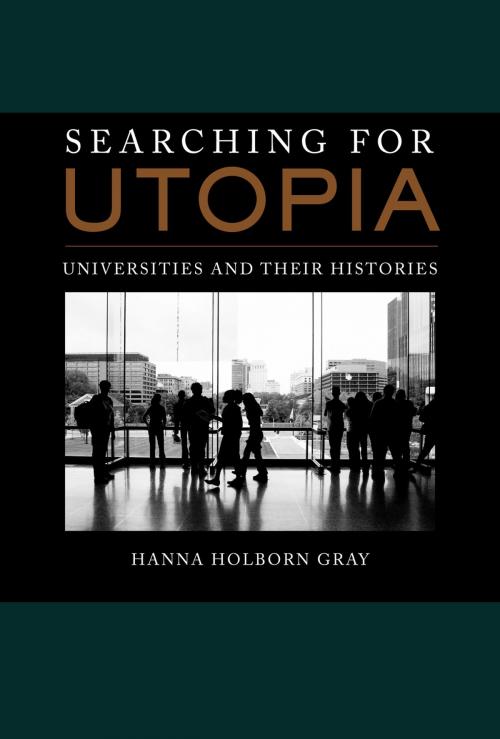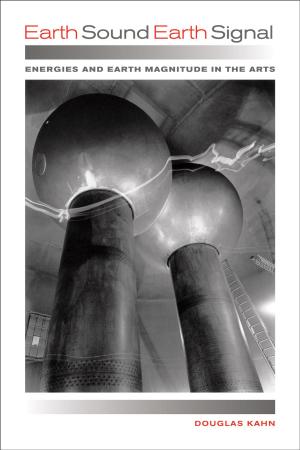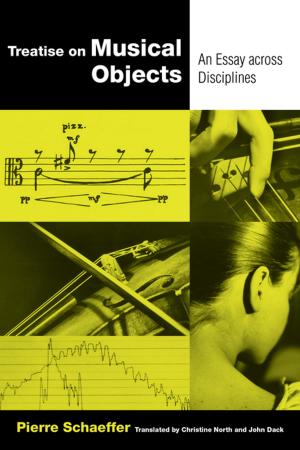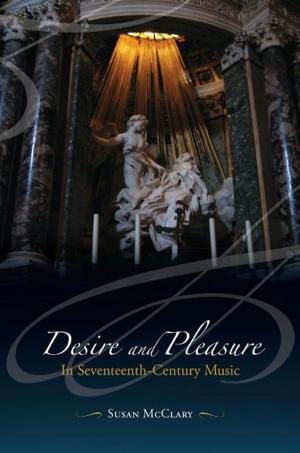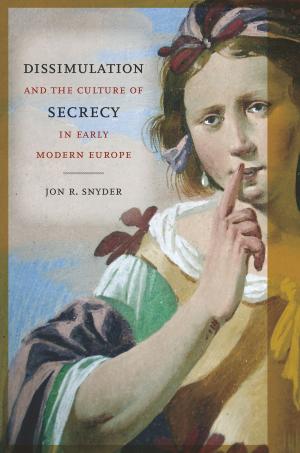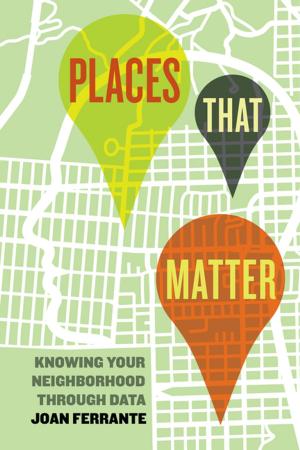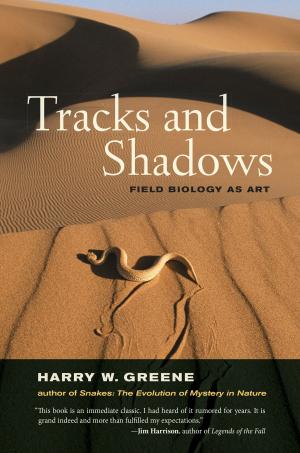Searching for Utopia
Universities and Their Histories
Nonfiction, Reference & Language, Education & Teaching, History, Americas, United States| Author: | Hanna Holborn Gray | ISBN: | 9780520951709 |
| Publisher: | University of California Press | Publication: | December 7, 2011 |
| Imprint: | University of California Press | Language: | English |
| Author: | Hanna Holborn Gray |
| ISBN: | 9780520951709 |
| Publisher: | University of California Press |
| Publication: | December 7, 2011 |
| Imprint: | University of California Press |
| Language: | English |
In Searching for Utopia, Hanna Holborn Gray reflects on the nature of the university from the perspective of today’s research institutions. In particular, she examines the ideas of former University of California president Clark Kerr as expressed in The Uses of the University, written during the tumultuous 1960s. She contrasts Kerr’s vision of the research-driven "multiveristy" with the traditional liberal educational philosophy espoused by Kerr’s contemporary, former University of Chicago president Robert Maynard Hutchins. Gray’s insightful analysis shows that both Kerr, widely considered a realist, and Hutchins, seen as an oppositional idealist, were utopians. She then surveys the liberal arts tradition and the current state of liberal learning in the undergraduate curriculum within research universities. As Gray reflects on major trends and debates since the 1960s, she illuminates the continuum of utopian thinking about higher education over time, revealing how it applies even in today’s climate of challenge.
In Searching for Utopia, Hanna Holborn Gray reflects on the nature of the university from the perspective of today’s research institutions. In particular, she examines the ideas of former University of California president Clark Kerr as expressed in The Uses of the University, written during the tumultuous 1960s. She contrasts Kerr’s vision of the research-driven "multiveristy" with the traditional liberal educational philosophy espoused by Kerr’s contemporary, former University of Chicago president Robert Maynard Hutchins. Gray’s insightful analysis shows that both Kerr, widely considered a realist, and Hutchins, seen as an oppositional idealist, were utopians. She then surveys the liberal arts tradition and the current state of liberal learning in the undergraduate curriculum within research universities. As Gray reflects on major trends and debates since the 1960s, she illuminates the continuum of utopian thinking about higher education over time, revealing how it applies even in today’s climate of challenge.
